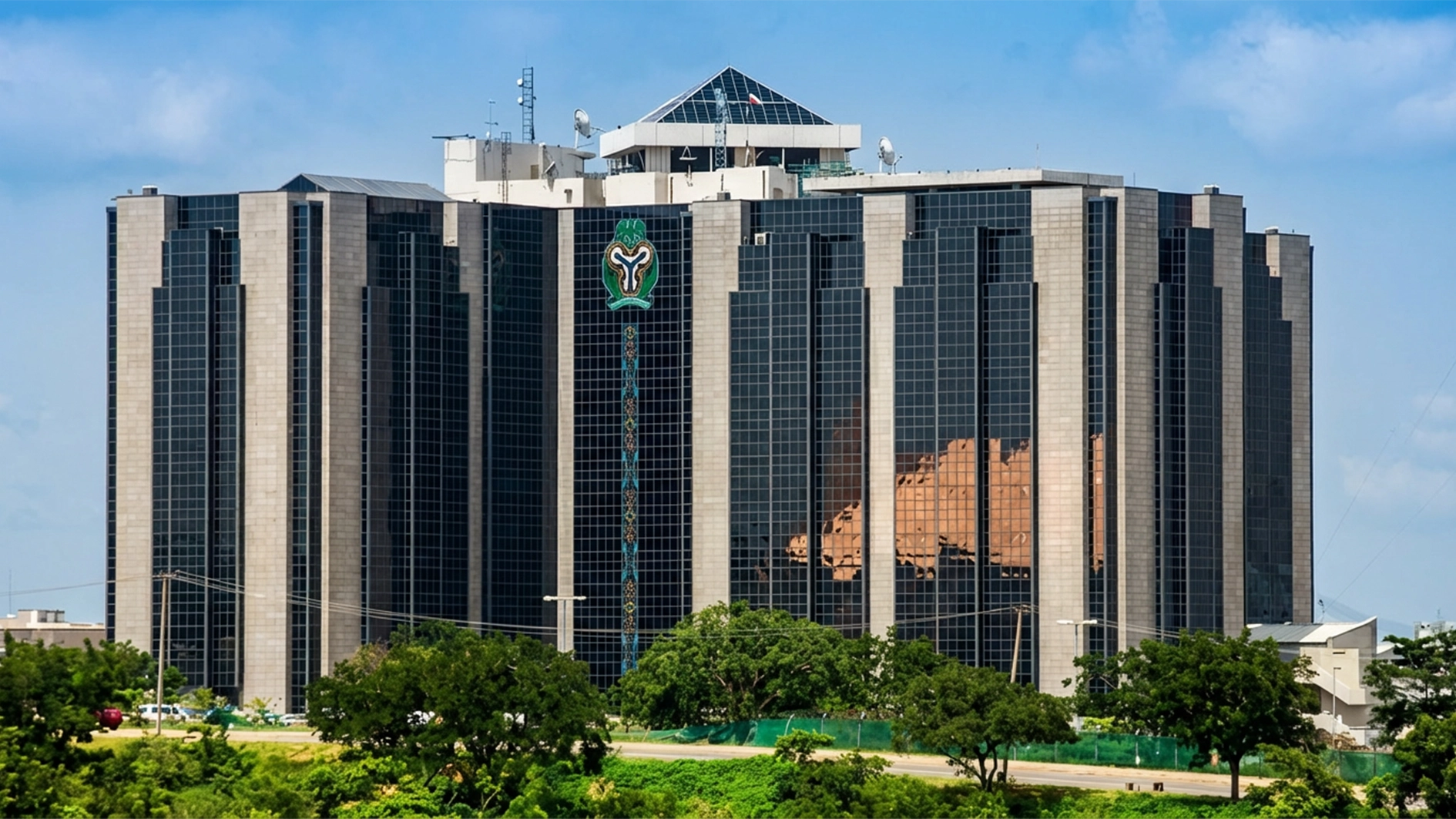Sir: Not long after I boarded a taxi, the driver having sighted a road safety checkpoint ahead, tugged at his seatbelt to escape being booked. For the number of times he forcefully pulled the belt, he got equal resistance from the safety device. Not until I said “gently” did he succeed in fastening the belt around him. The grin on his face mocked his violent obstinacy with a seatbelt that was programmed to yield only to a gentle pull. Anxiety might have robbed him of that reasoning.
The mechanism for effectively dealing with civil protests and agitations is programmed like the seat belt of a car. Oftentimes, when citizens protest in a democratic system, it is because they want to be treated fairly or justly; they want to count or be heard; they also wish to exercise and defend their rights or freedom, or they strive to bring about a certain, often mutually favorable change.
At times, authorities faced with such civil situations tend to restore ‘peace’ with coercion. While calm may be achieved, peace remains elusive; while calm may be automatic with a burst of authority, peace is cultivated and nurtured by ensuring such enabling conditions in the polity as equity, fairness, justice, rule of law, rights/freedom, security, inclusion/diversity, etc.
So questions arise: could the authorities have dispersed a crowd without firing a gunshot? Could an agitating civil rights group have been engaged without neutralizing its leadership or sponsoring a counter-protest? Could an arrest have been made without bullying an unarmed protester? Would a public leader have separated his person from authority and let public interest prevail?
Leaders who welcome challenges are better poised to deal with them pragmatically or proactively. In the face or forecast of civil protests or agitations, they deploy dialogue, diplomacy, consultation, alliance, even remorse, and other ‘gentle’ measures to achieve a win-win result, rather than ward off or neutralize the protesting or agitating party. In extreme cases of impasse, they may even step aside in public interest – after all, the burden of leadership is huge and as such, subject to relief when necessary.
Of course, they equally know when to legally apply force, especially against violent criminal acts and elements that threaten the life and property of citizens or the state. That is what the seatbelt of a car does when its user is threatened by a crash – meet illegal force with legitimate force.
There is no gainsaying that some civil situations degenerate into criminal ones when mismanaged. They begin like a flicker of grievance which could have been quenched with a pinch of diplomacy and civility but grow into an uncontrollable inferno that threatens or consumes the peace and life of the polity. It is therefore important for public leaders to recognize the complementary role of public grievances as a conduit for transmitting feedback to leadership and approach them positively.
It is at the backdrop of the foregoing that a robust ethical and legal framework is imperative for setting up adequate grievance redress mechanisms for effectively managing or responding to civil protests and agitations, such that recognize, respect, and propagate the conditions for peace.
In fairness to some democratic systems, these frameworks and mechanisms are in place, spelling out principles, standards, rights and privileges, sanctions, laws, rules/regulations, and most importantly, modus operandi. However, some authorities come short of applying these mechanisms appropriately and therefore repeatedly fail to secure the lasting peace necessary for ensuring the stability and progress of the polity.
By Emmanuel Ikechukwu Igbo






